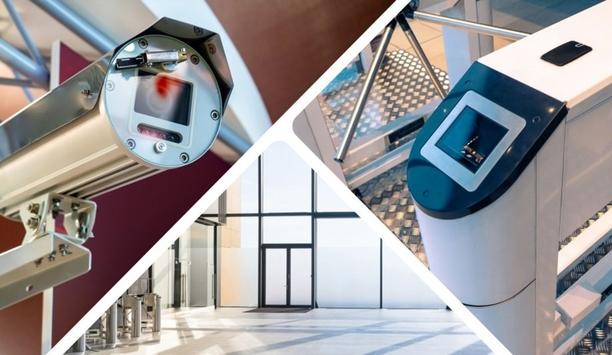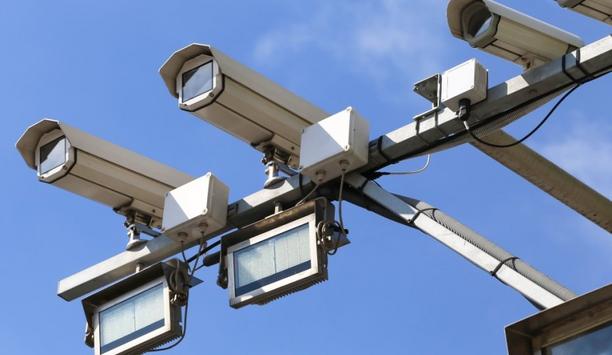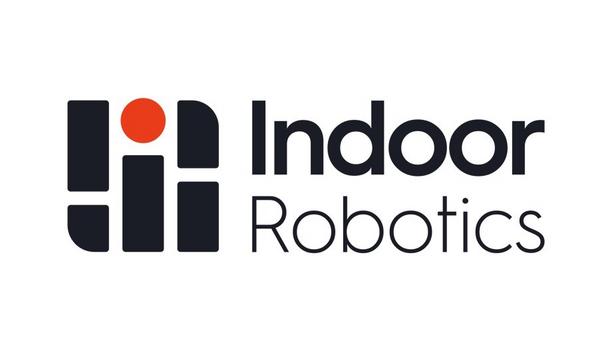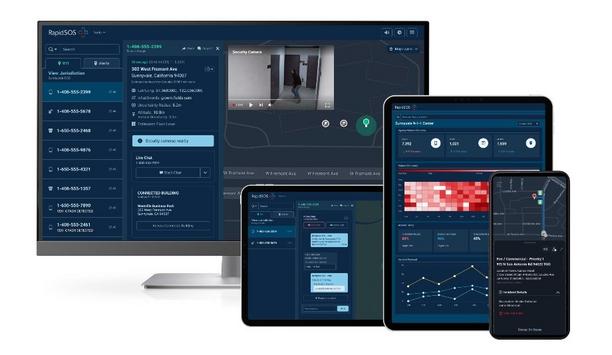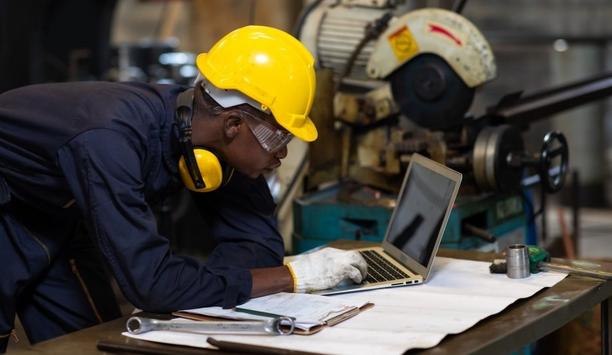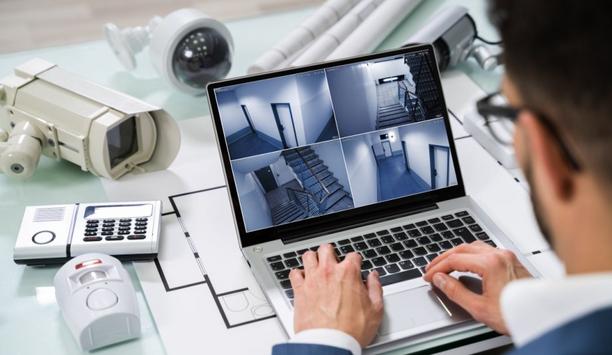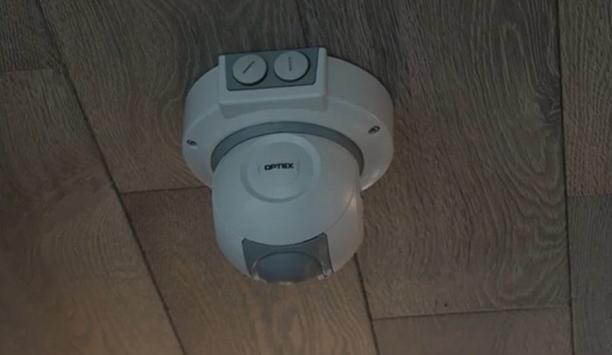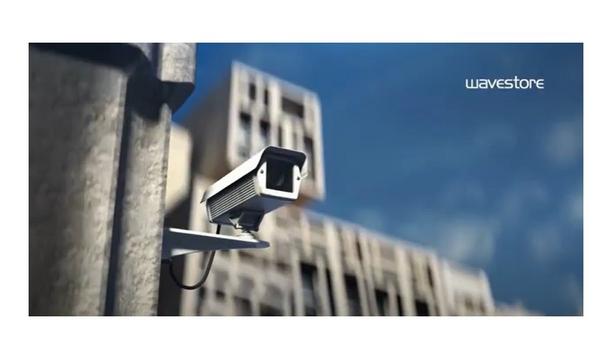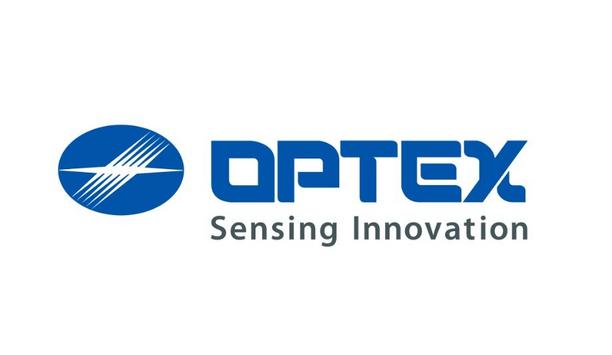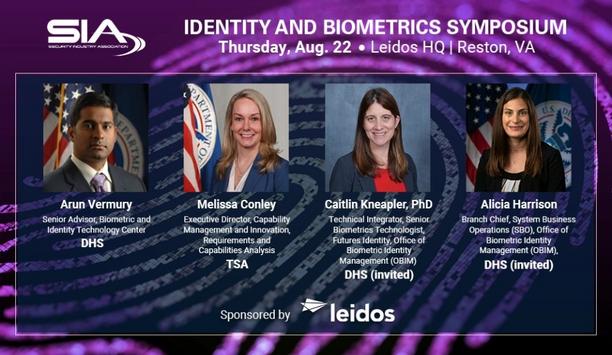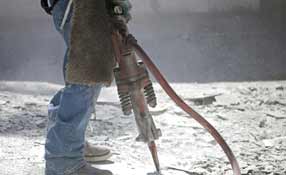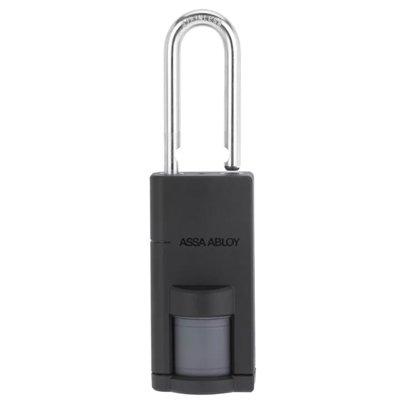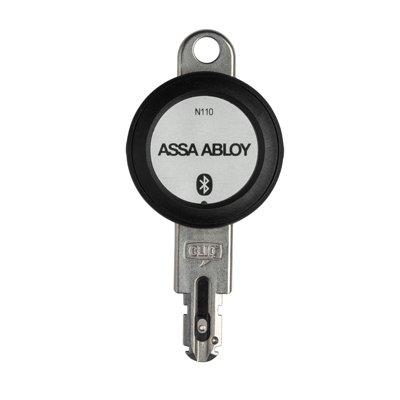I took an extra camera with me on vacation this year. It was a tiny thermal camera that FLIR gave out at a press event earlier in the year. It’s about 2 by 3 inches or so and contains their new micro-camera thermal core. Obviously the little camera is just a way for them to demonstrate how small (and inexpensive) the new technology is. I figured a trip to the beach was a good time to try it out.
The sensor in my little toy camera is the same small, inexpensive thermal camera core that enables FLIR to manufacture professional thermal imaging cameras starting at $499. The FLIR Lepton core is a compact longwave infrared (LWIR) sensor. When they set out to reduce the cost of that core (and the cameras it is used in), FLIR invested $100 million over three years in research and development and capital equipment. They looked to remove costs from every element.
The cost of the thermal detector, which is the most expensive element, came down based on economies of scale because of the large volume of thermal image detectors used in other industries, especially automotive. The use of “wafer-level detector packaging” and “wafer-level optics” also lowered costs – in the case of the optics costs decreased ten-fold. The lens is fabricated in wafer form. System electronics to process the image have been reduced down to a 5.5x5.5 application specific integrated circuit (ASIC or “chip.”) The fourth way to lower costs is the camera enclosure, which uses the same technology as smart phone cameras – “molded interconnect devices” involving interconnected electronics printed in 3D space in a plastic enclosure. Pushing on those four levers, FLIR was able to drive down the costs of elements that make up about 90 percent of the camera.
On vacation, I snapped a few thermal images, including one that I’m pretty sure shows a deer in the back yard of the rental cottage where we were staying.


